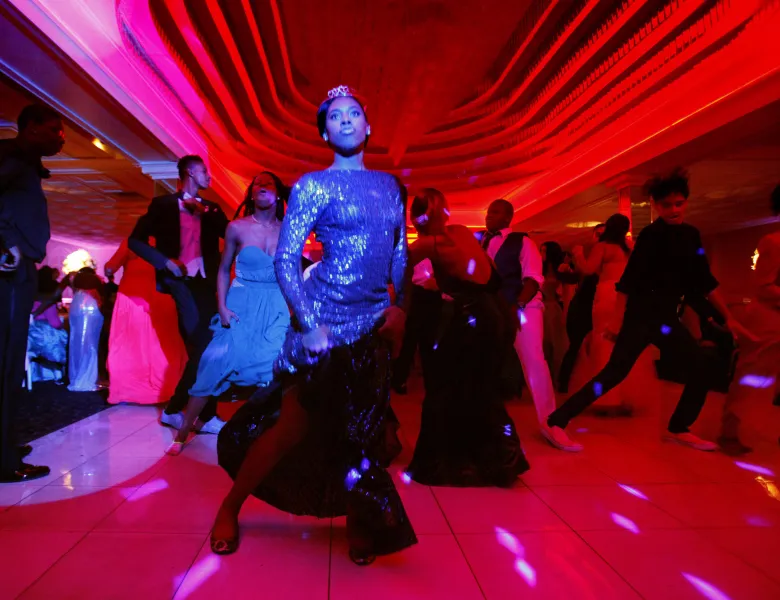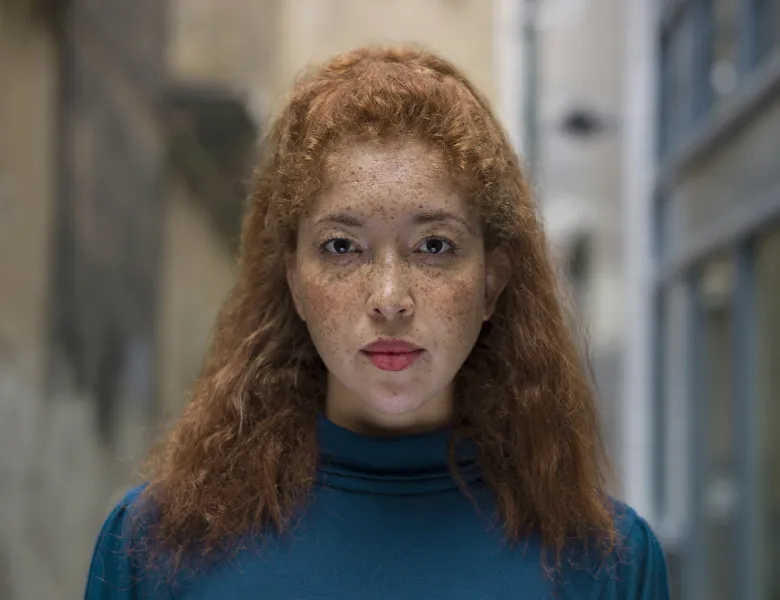Connecting all the Dots - Corey Rich, PhotoShelter
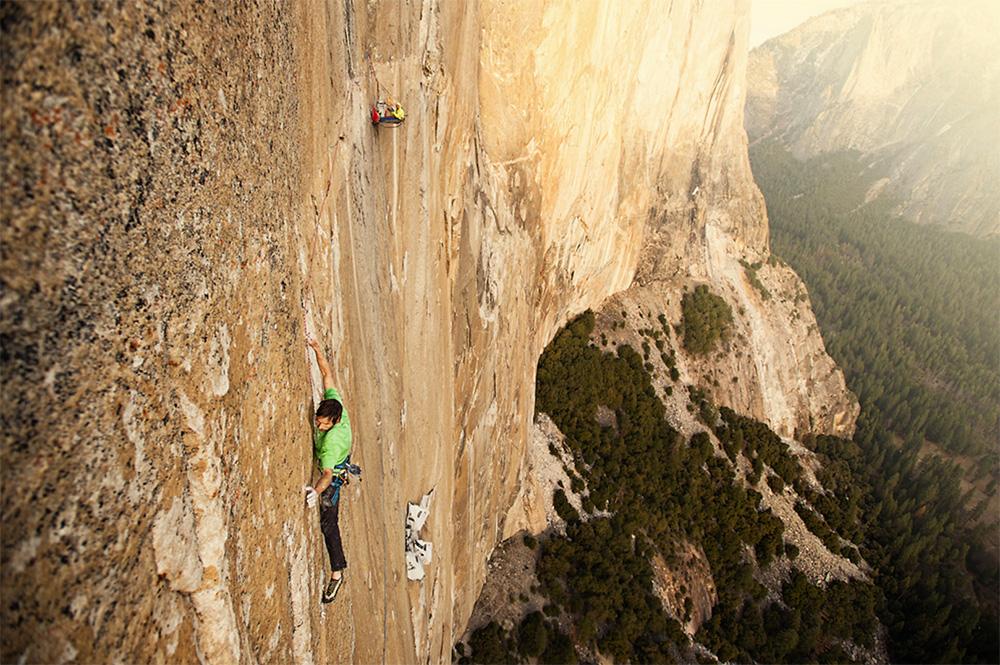
Corey Rich is one of the world's most recognised adventure and outdoor lifestyle visual storytellers. Combining his creativity and athleticism to capture both still and motion content in some of the wildest places on the planet, Corey has successfully transitioned his work and focus from exclusively shooting still photography to shooting both stills and directing major commercial and documentary motion projects.
Additionally, Rich is Vice President and co-owner of Aurora Photos and Novus Select. Some of Rich’s clients include Anheuser-Busch, Apple, Columbia Sportswear, Discovery, Energizer, Ford, Mazda, NBC, New Mexico Tourism, Nevada Tourism, Nike, Nikon, The North Face and Patagonia.
He is a member of PhotoShelter, the leader in portfolio websites, photo sales, marketing and archiving tools for photographers.
Talk us through a typical shoot for you (if there is such a thing) - or at least your approach to new projects
Believe it or not, I love the brainstorming process that takes place in advance of a shoot as much, if not more than showing people the end result. That moment of conception, coming up with a great idea and connecting all the dots while you’re on the phone with the client.
For me, that brainstorming process often takes place during exercise. I go out for a one-hour hike with my dog or a two-hour bike ride. And during those endurance activities, that’s where that highest level of brainstorming takes place. I love that experience of being given a few pieces of the puzzle, and then putting them all together into a well-developed idea or story arc that ultimately allows you to go out into the field and have the best possible experience.
But there’s no question in my mind that the most exciting part of photography and filmmaking is actually being in the field, fully engaged, 100% present, and capturing a story with your camera. That’s what it’s all about.
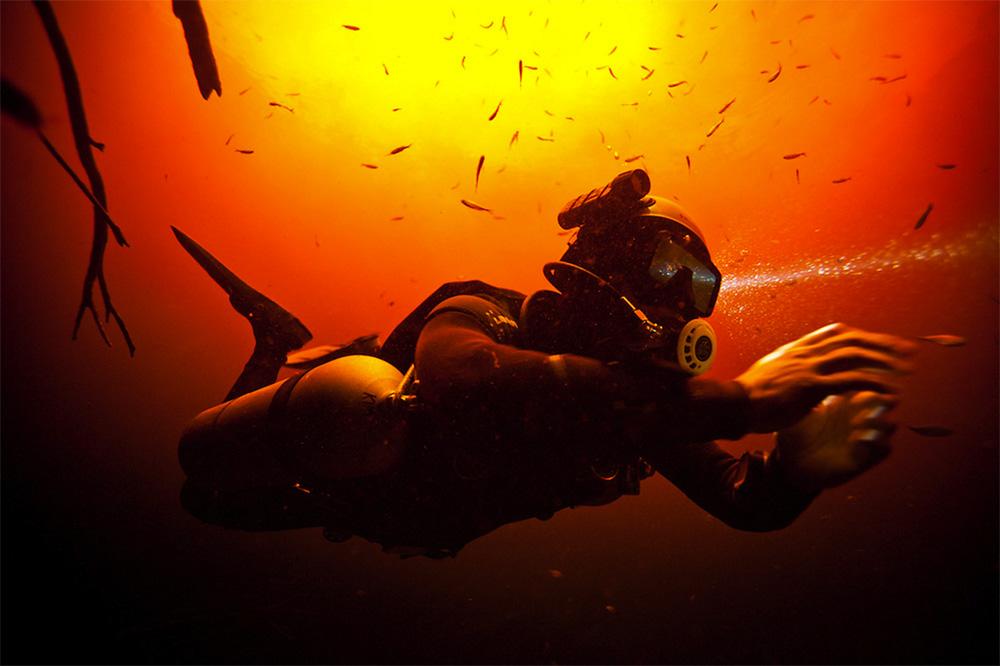
Adventure and adrenaline run through your portfolio - if you hadn’t picked up a camera to document all this, do you think you would you still have been involved in the world of sports?
The first time I picked up a camera was right around the same time that I was first introduced to rock climbing when I was about 13 years old. So the two have always gone hand-in-hand to me. Climbing was such a powerful experience that I always felt compelled to try to capture that experience with my camera in order to bring it home and share it with my friends and family. And it’s the same thing today. I think that there’s no doubt that being outside and going on adventures would be part of my life, regardless of photography. Pushing myself mentally and physically, and being surrounded by like-minded people, is really what I live for. And I find that I can experience a lot of those same parallel threads whether I’m climbing, shooting pictures or making films.
But to answer the question directly, I think that if I wasn’t able to shoot pictures for some reason, absolutely, I’d still be out there with my buddies, getting scared and having adventures.
What has been your most memorable shoot, and why?
I’ve spent many days over the last 15 years hanging on ropes on the side of El Capitan in Yosemite National Park. It’s the biggest, best chunk of rock that we have in North America, and as both a climber and a photographer, I always find myself being drawn back to the “Big Stone.” I consider it to be my “office.” It’s where I feel comfortable, creative, and where I have had some of the most memorable moments with some of my best friends.
Earlier this year, as you may have heard, my good friends Tommy Caldwell and Kevin Jorgeson completed their 7-year goal of becoming the first people to free climb the Dawn Wall of El Capitan. I was part of a photography and filmmaking team that included Brett Lowell and Kyle Berkompas that was up on the wall with Tommy and Kevin, documenting their historic ascent.
For whatever reason, the world tuned in and became fascinated with what Tommy and Kevin were doing up there. Newspapers, TV networks, magazines and websites around the world were curious about what was going on, and it was kind of up to us to help tell their story.
For all of us, we were just up there doing what we would’ve done anyway. But to be in a situation where you’re with your best friends, making pictures and video, and there’s that extra special element of being able to share your work with a global audience - that was probably one of my most memorable shoots. Best of all, I got to watch Tommy and Kevin complete a 7-year goal, which made the whole thing even more meaningful. It was an incredible experience.
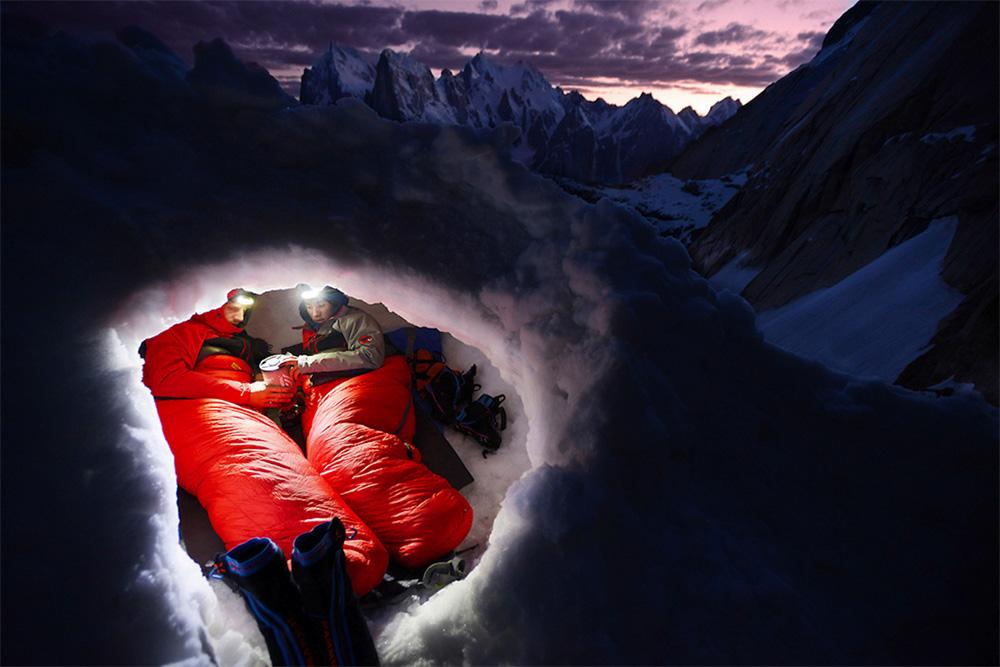
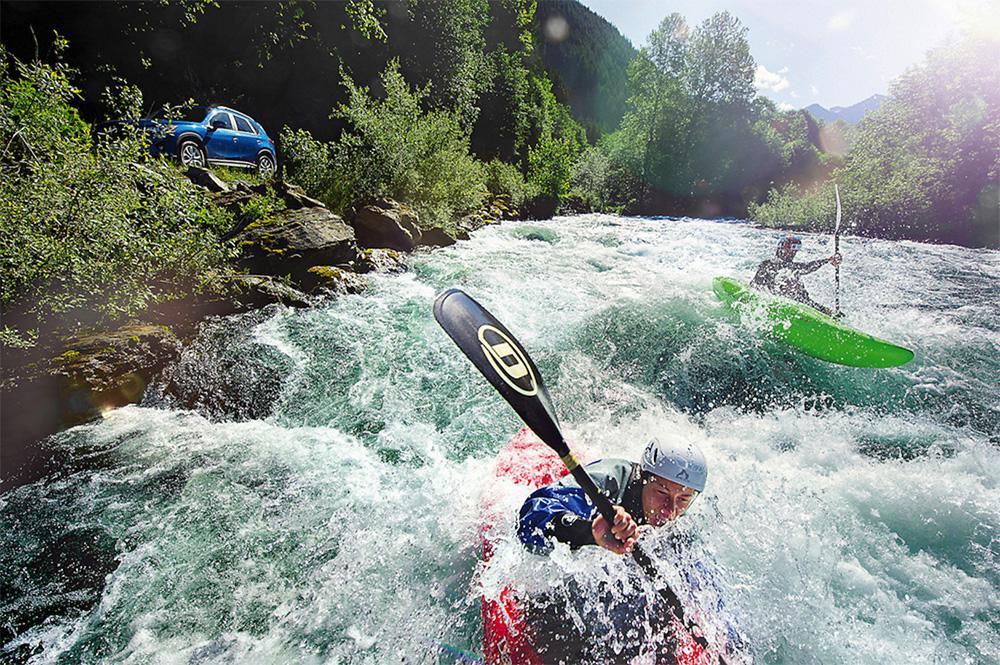
When it comes to social media, it’s safe to say that I’m not a trendsetter. In fact, I always feel a bit behind the curve. I was teaching the Adventure Photography Summit Series workshop in Jackson Hole a few years ago when one my buddies, Chris Burkard, told me, “Corey, you need to get an Instagram account.” Chris is a giant in the social media world; I think he’s closing in on a million followers on Instagram. I took his word for it, and I’m glad I did.
I will say, though, that at first I wasn’t sure how to use it. I treated it much like I did my Facebook account, posting goofy pictures of myself and my friends drinking beer around a campfire. Over time, as I studied how Chris and other photographers used this platform, I realised that there was real value and opportunity to share portfolio work, not just snapshots for family and friends. Instagram is an amazing tool to share simple stories and beautiful images. There’s not a ton of reading to do. It’s very visual and enjoyable to use. Plus, you are creating a voluntary, engaged audience for free. That’s pretty cool.
Even though I’m still behind the social media trend, I try to maintain a healthy presence online, and I think it’s been very valuable for me professionally.
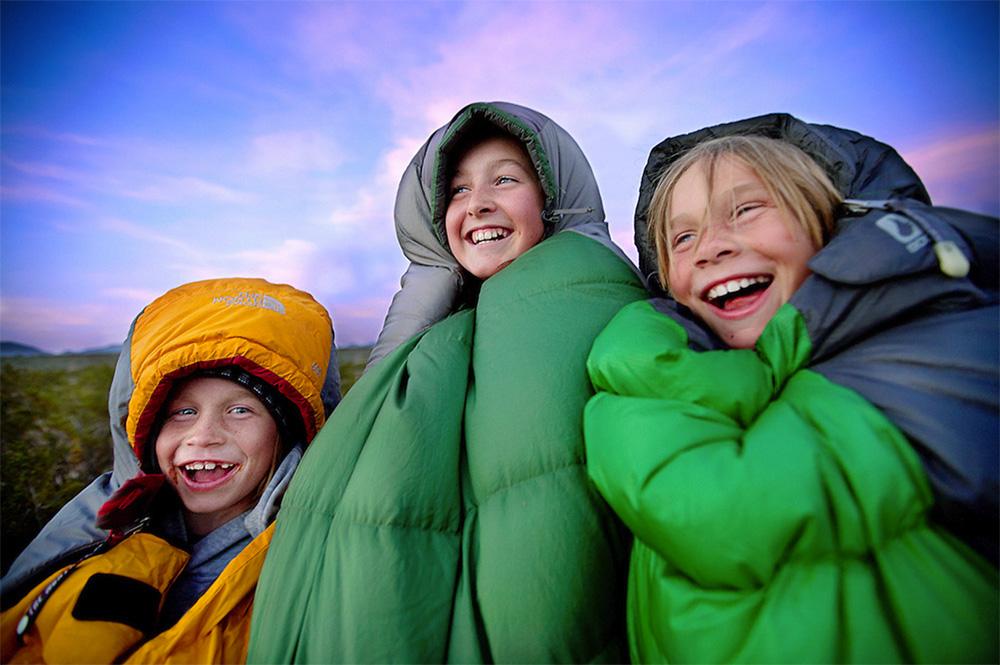
Do you have a photographic philosophy?
Two mantras come to mind. The first is simply to just get out there with your camera. You can talk about photography and debate about sensor size all you want. If you’re not out there, making it happen, capturing images, and recording experiences with your camera, then it’s all talk. To me, the most enjoyable part about shooting pictures is that I get to go to the places I love, and be creative. Regardless of whether you come away with mediocre or great photos, you have to first love the experience of making pictures.
The second is that when you figure out what you are passionate about, and you love what you do, and you love your subject matter, then shooting photos never feels like work.
What’s next for you? Can you tell us about a future project or shoot?
Unfortunately all my projects are top-secret, and because I’ve signed NDAs, I can’t talk about them. But I will give you a sense of my travel schedule. I just returned home from 21 days of travel to Oregon, Ireland, and Japan. Now I’m home with clients to edit a video piece. Then I go back on the road to New York City, upstate New York, Nebraska and then Alaska. Potentially, I might try to squeeze in a trip to Brazil to visit my wife’s family before leaving for New York. Even though that won’t be a work trip, I’ll probably still bring my camera.
coreyrich.com
photoshelter.com






